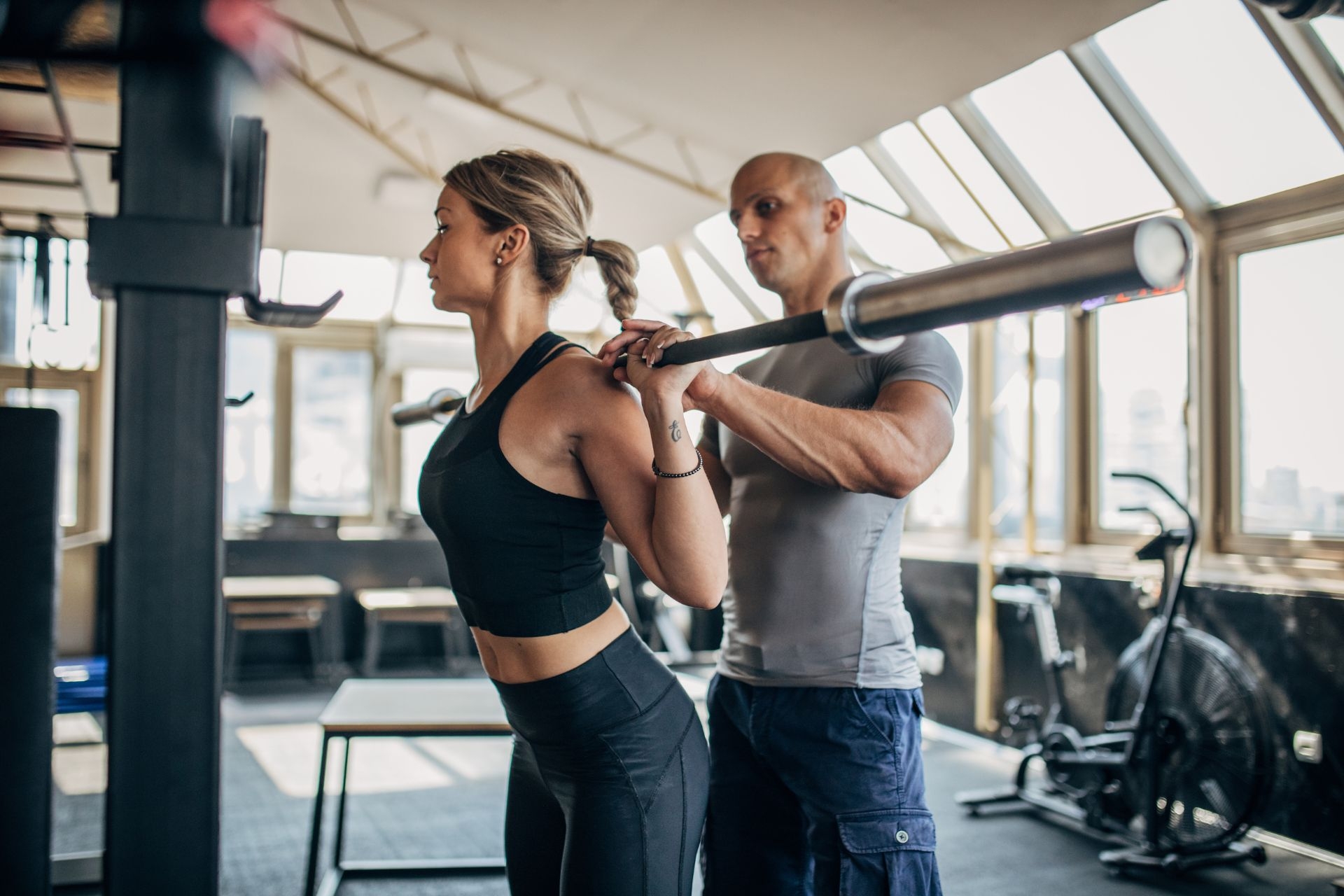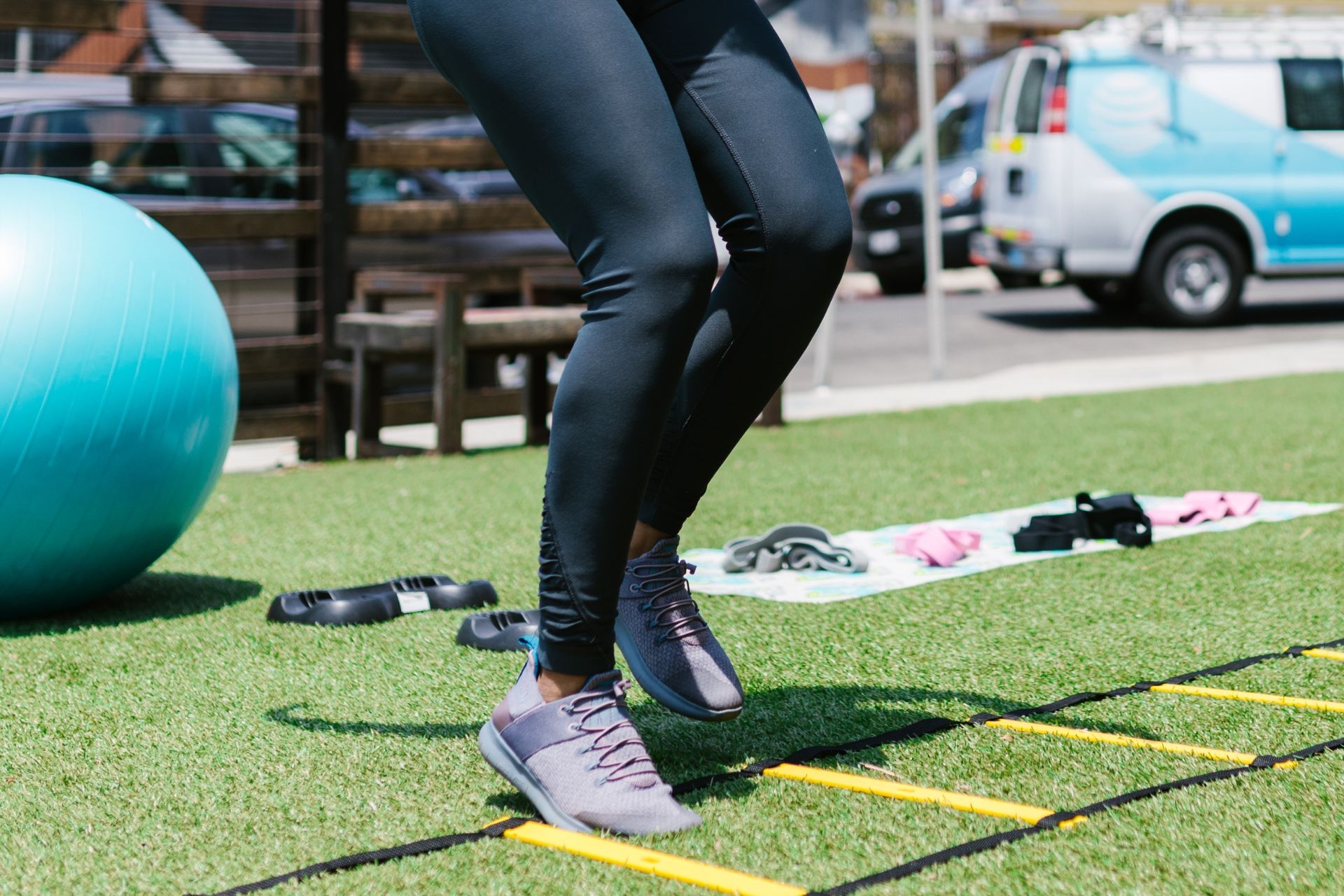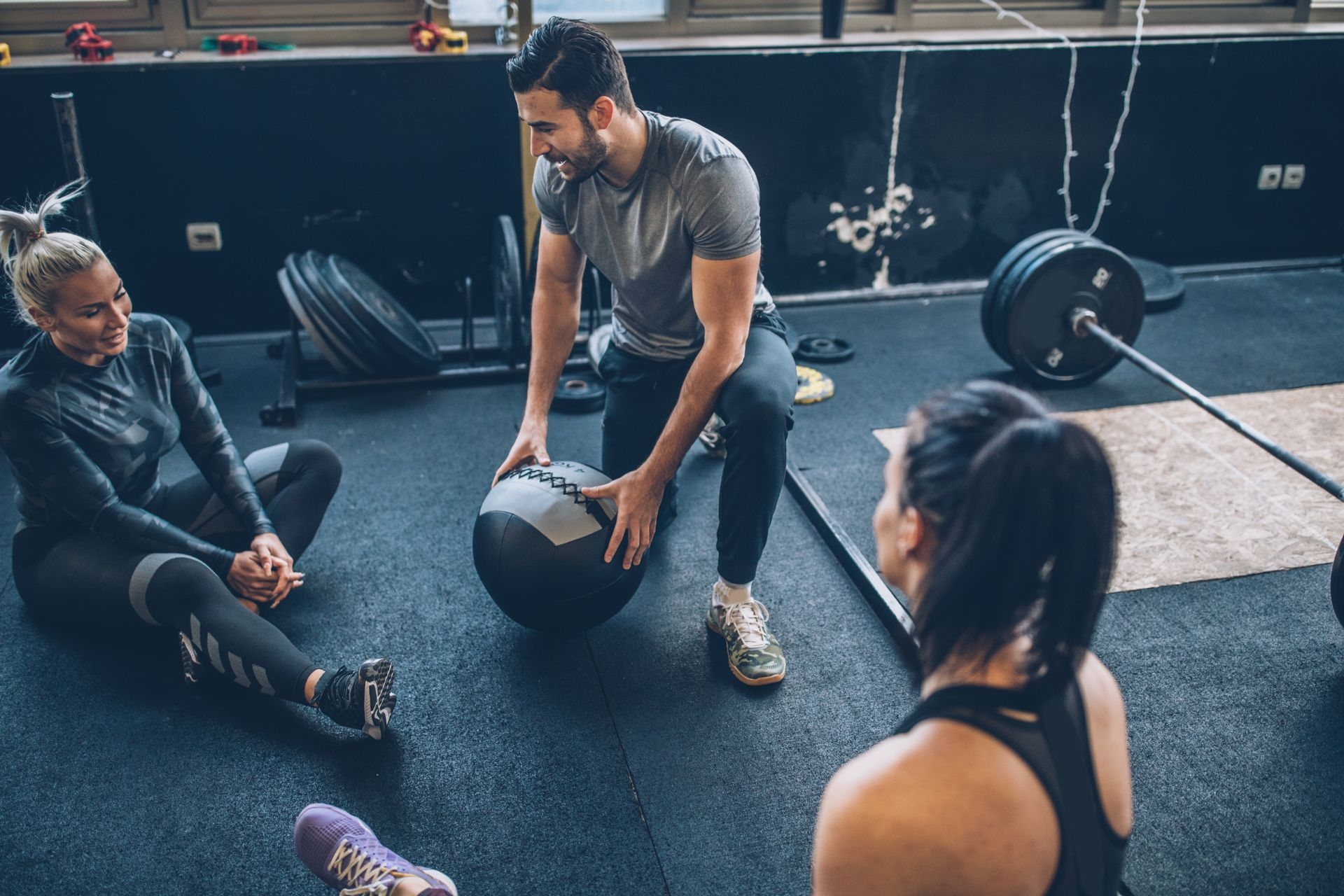Giant Sets
What are the benefits of incorporating giant sets into a workout routine?
Incorporating giant sets into a workout routine offers several benefits, including increased intensity, efficiency, and time-saving. By performing multiple exercises back-to-back with minimal rest in between, individuals can effectively target different muscle groups and maximize their workout in a shorter amount of time. This can lead to improved muscle growth, strength gains, and overall fitness levels.





